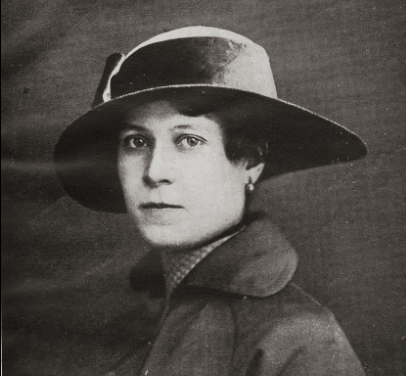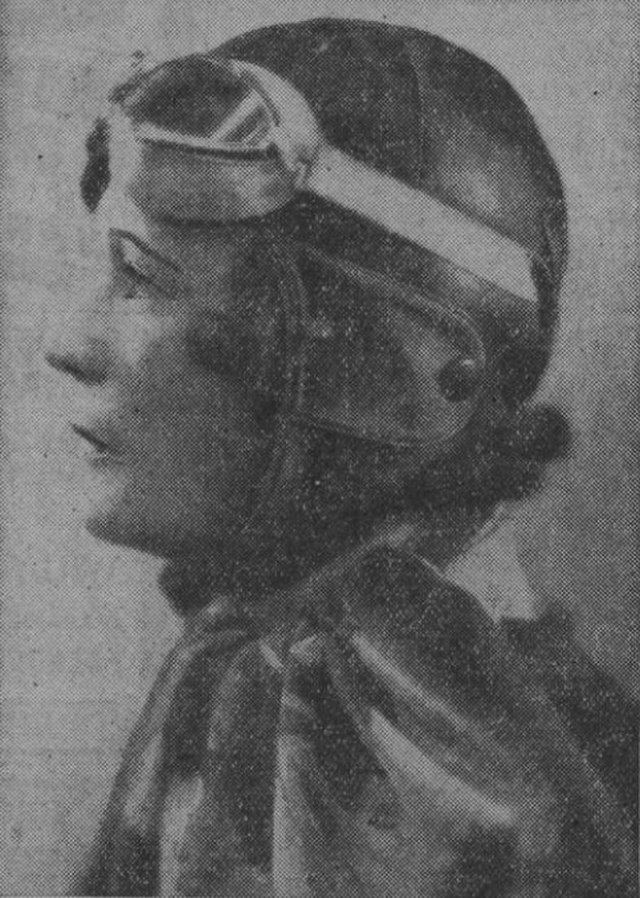


Mata Hari
Was she or wasn’t she a spy?
Margaretha Zelle was born on August 7, 1876 to Antje van der Meulen and Adam Zelle, the village hatter. She was the oldest child of four, and, despite her later claims, both of her parents were of Dutch descent.
Her father was a hat-maker, but like his daughter, preferred to live beyond his means, and his fellow Leeuwardeners nicknamed him the Baron. He had invested in oil shares at a time when coal ruled the world, and had completely wiped out his wife’s meager inheritance before M’greet was thirteen.
After her father declared bankruptcy, he moved to Amsterdam to live with his mistress, taking two of M’greet’s two younger brothers with him. She was left to take care of her heart-broken mother, who died eight months later.
M’greet bounced from family member to family member, finally moving to Sneek to live with her godfather, Mr. Visser. Visser decided that, since she had no dowry, she would have to learn to earn a living. She enrolled in school to become a kindergarten teacher, but a scandal with the headmaster, Wybrandus Haanstra, forced her to quit.
This time she went to The Hague to live with Mr. Taconis, an uncle. The eighteen-year-old M’greet dreamed of another life, a more exotic one, so when she spotted an advertisement stating, “Captain in the Army of the Indies, on leave in Holland, seeks wife with a character to his taste, preferably with means,” it seemed fate was knocking at her window.
The advertisement had been placed by a friend of Captain Rudolf MacLeod, a nearly forty-year-old balding military captain recuperating from a bout of malaria he had caught at his base in the Dutch East Indies.
M’greet answered the ad and included a picture of herself. MacLeod immediately wrote back and offered to meet her in front of Amsterdam’s Rijksmuseum. The two married on July 11, 1895. M’greet was not quite 19.
Their first child, a boy, was born on January 30, 1897. They christened him Norman John. Shortly after their son’s birth, the couple relocated to the island of Java.
The marriage was not a happy one: MacLeod blamed his sensual wife, twenty years his junior, for his lack of promotion. It was socially acceptable at the time for men in the Dutch East Indies to have mistresses, and MacLeod had plenty.
MacLeod was given a new posting in Malang in 1897, and things looked up: they had more money and MacLeod started sharing M’greet’s bed more. Another child, named Louise Jeanne, was born in May 1898. They nicknamed their daughter ‘Non,’ which was a shortening of Nonah, which meant “Little Miss” in the local language.
In 1899, both children fell violently ill. At the time it was rumored that a servant poisoned them, but it was more likely a mercury treatment for syphilis that sickened them. It has been hypothesized that MacLeod gave M’greet syphilis early in their marriage and she passed the disease on to her children congenitally. Norman John never recovered and died at the age of two. Non managed to survive, and they moved to a more remote post in Java. The marriage continued to deteriorate: MacLeod was drinking heavily, and accused M’greet of being responsible for their son’s death, sometimes even beating his wife. M’greet talked openly of ending the marriage and returning to Europe, to live in Paris, for, in her own words, “Where else does a divorced woman go?”
Want more of M’greet’s story? Read a fictionalized account (based on the true story of Mata Hari) in L’Agent Double: Spies and Martyrs in the Great War!
SOURCES
Craig, Mary, W. A Tangled Web: Mata Hari Dancer, Courtesan, Spy. Stroud: The History Press, 2017.
Howe, Russel Warren. Mata-Hari. The true story. Dodd, Mead, & Company, New York, 1986.
Shipman, Pat. Femme Fatale: Love, Lies, and the Unknown Life of Mata Hari. London, 2007.
